In 2024, U.S. military bases faced over 350 unauthorized drone incursions, prompting House Republicans to demand urgent answers from federal agencies. The Subcommittee on Military and Foreign Affairs sent letters to the Departments of Defense (DoD), Transportation (DOT), and Justice (DOJ), citing fragmented responses and outdated policies as critical vulnerabilities. Fox News reports this escalating issue highlights the growing threat of drones, fueled by their proven lethality in conflicts like Ukraine and the Middle East.
Rising Drone Threats Challenge U.S. Security
The letters, sent on June 26, 2025, underscore a sharp rise in drone activity, with 350 incidents across more than 100 bases. A notable case involved drones flying over Langley Air Force Base in Virginia for over two weeks in December 2023, exposing gaps in response protocols.
Current rules require base commanders to confirm “hostile intent” before acting, a threshold lawmakers call outdated for fast-moving drone threats. The lawmakers argue that coordination between the DoD, FAA, DOJ, and local law enforcement is often “improvised and bureaucratically delayed,” risking exploitation by adversaries.
Global Drone Warfare Fuels Urgency
Modern drone warfare, vividly demonstrated in Ukraine and the Middle East, drives this scrutiny. In Ukraine, both sides have transformed unmanned aerial systems (UAS) from surveillance tools into devastating weapons.
The Iranian-made Shahed-136, a low-cost, GPS-guided kamikaze drone costing $20,000 to $50,000, has been used by Russia to overwhelm Ukrainian defenses, striking targets up to 1,500 miles away. Ukraine counters with improvised bombers made from consumer drones, targeting Russian assets. In the Middle East, Israel‘s Operation Rising Lion this month used drones alongside warplanes, while Iran retaliated with drone swarms, showcasing their strategic role.
Technical and Regulatory Gaps
The Republicans’ demands include documents on interagency policies, incident reports since January 2022, and plans for a joint federal-state-local task force by July 10, 2025. They highlight the need for advanced counter-UAS systems, like electronic warfare and laser defenses, which are still unevenly deployed across U.S. bases.
The Shahed-136’s simple foam-and-plywood design, with a 40- to 50-kilogram (88- to 110-pound) warhead, underscores how affordable drones evade sophisticated defenses. Military analysts note Ukraine’s war as a turning point, where drones’ centrality demands innovations in detection and interception.
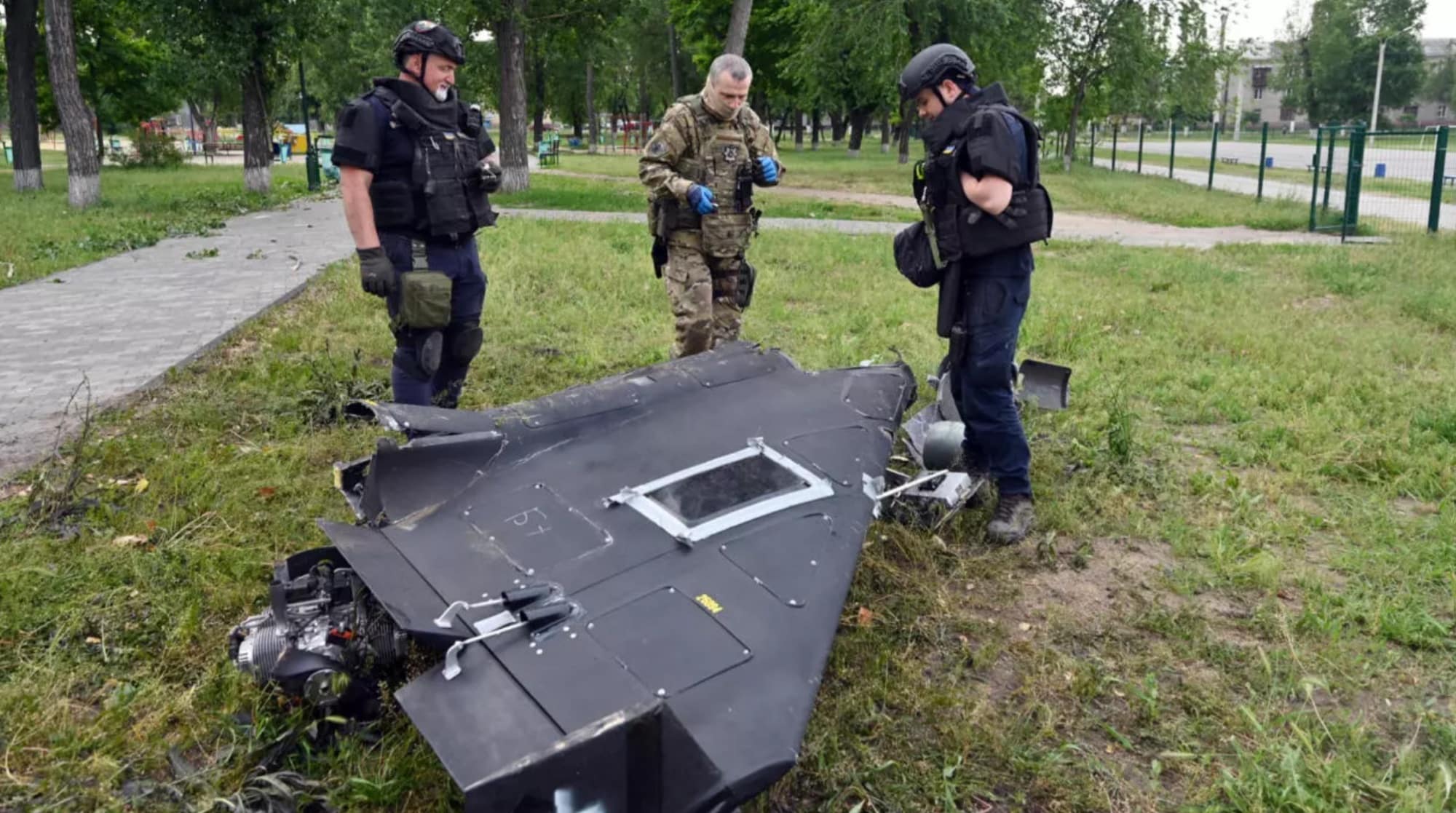
Legislative Push for Stronger Defenses
The lawmakers advocate for legislative reform to streamline authority and enhance data sharing. “This is a rapidly evolving threat that requires a unified and proactive response,” the letter states, emphasizing resource allocation and operational clarity.
Proposals include expanding Title 10 Section 130(i) protections to more bases and clarifying FAA regulations to restrict drone flights over sensitive sites. These changes aim to counter the economic advantage of drones—where a $20,000 UAS can force costly missile defenses—and ensure U.S. readiness against evolving threats.
Implications for Drone Operators
For recreational and professional drone pilots, heightened scrutiny may tighten airspace restrictions and Remote ID compliance. Operators near military installations could face stricter enforcement, with the FAA potentially fast-tracking rules to limit flights over critical infrastructure.
The push for counter-Drone Technology, like jammers or lasers, could also reshape how drones are designed and flown, balancing innovation with security. As global conflicts highlight drones’ dual-use nature, the U.S. seeks to secure its skies without stifling legitimate UAS growth.
Featured image: An aerial view of McGuire AFB in 1997. Photos courtesy of Wikipedia.
Discover more from DroneXL.co
Subscribe to get the latest posts sent to your email.


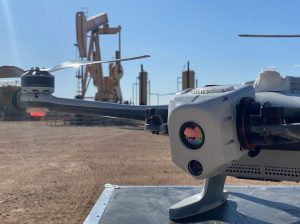
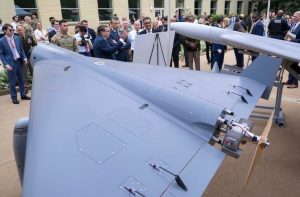







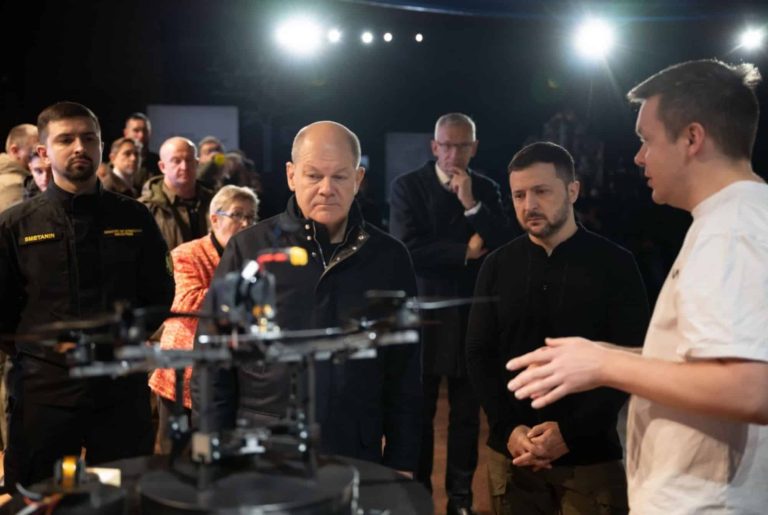
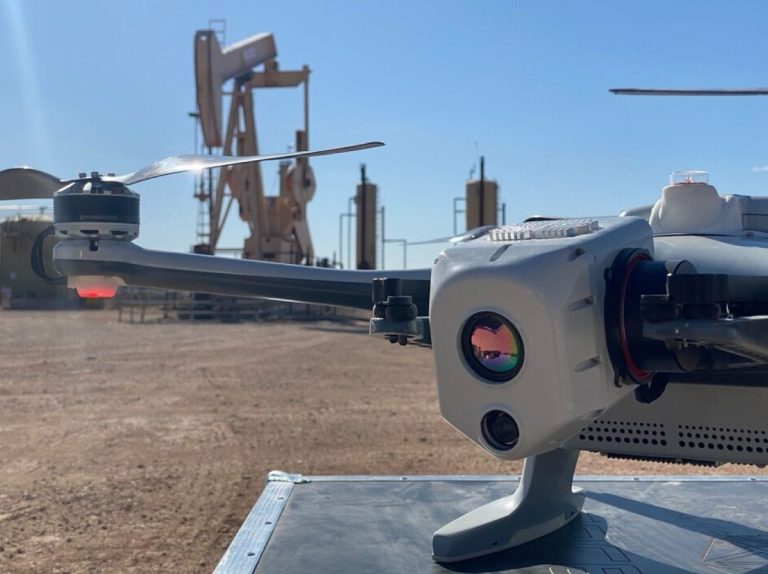


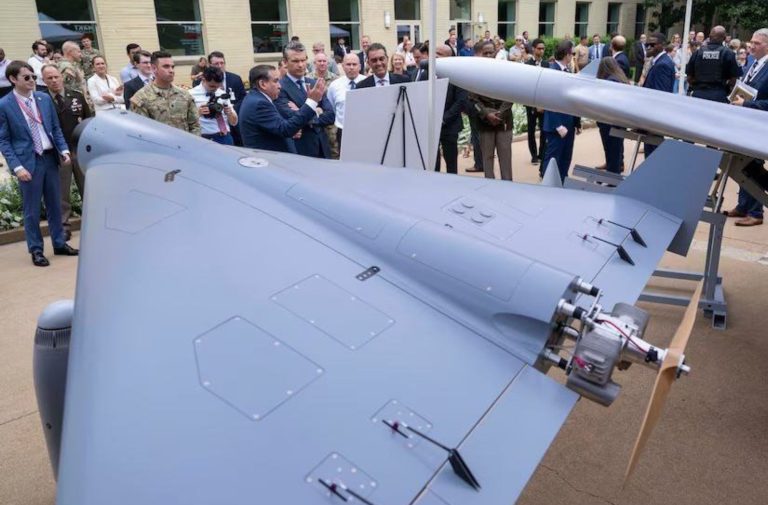
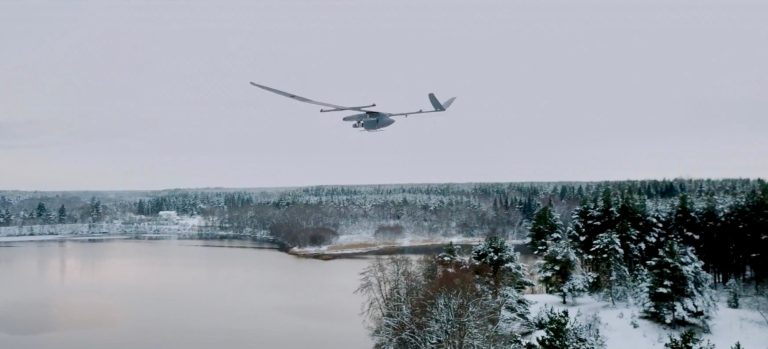



+ There are no comments
Add yours